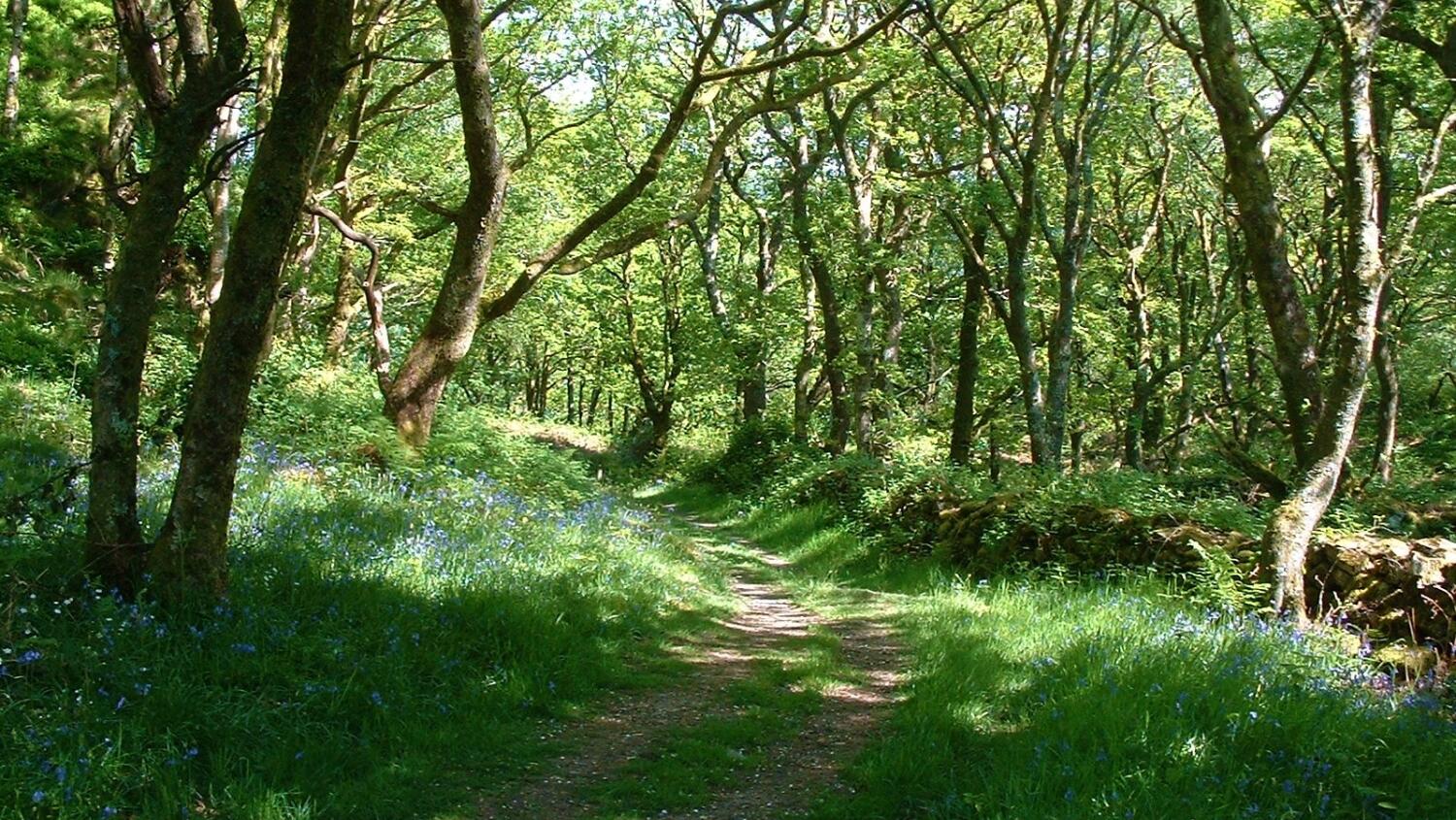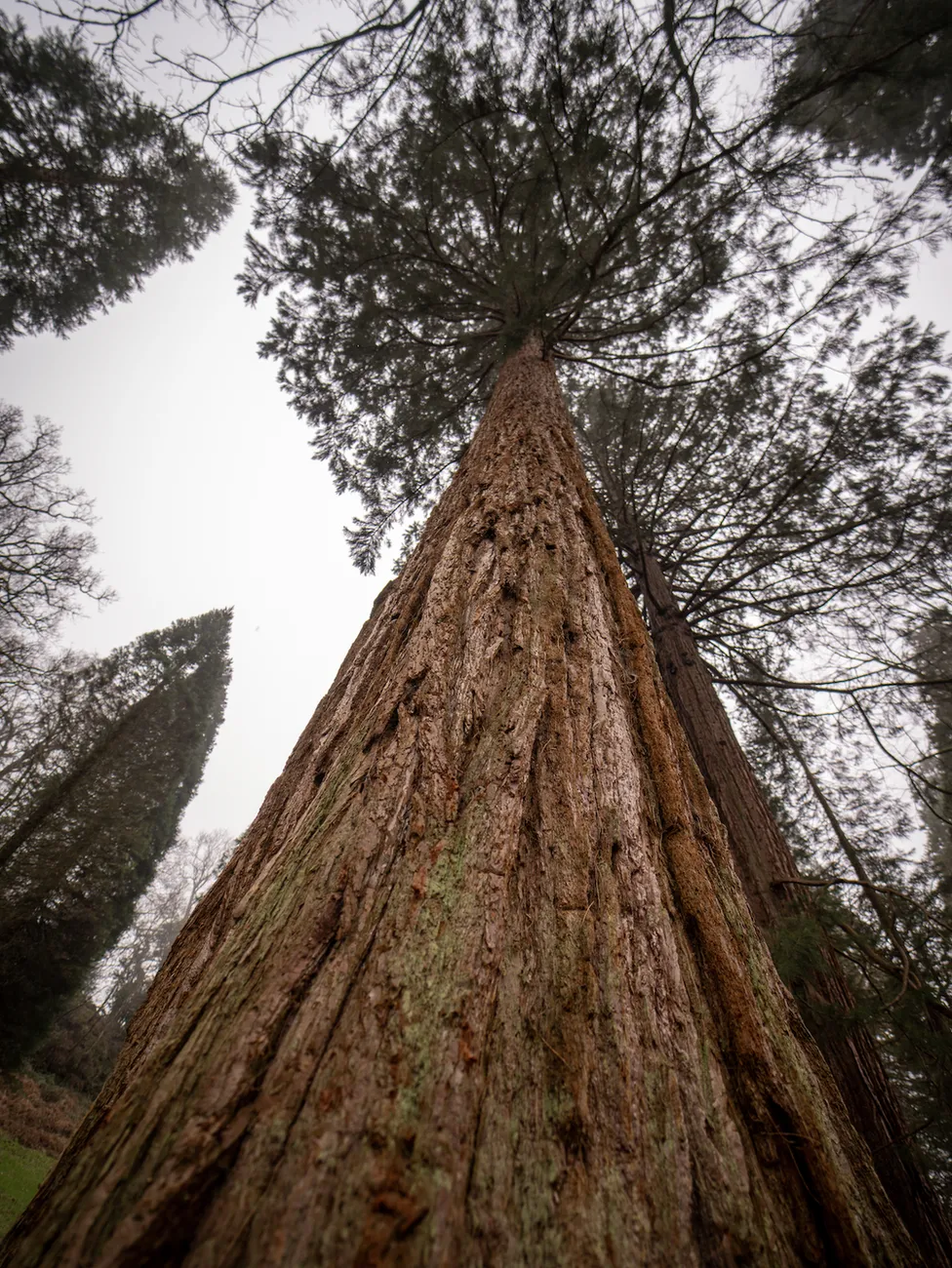I’m not sure £6.77 a day would stretch to car ownershipThese people on the boats. Do you think they will cycle everywhere
You are using an out of date browser. It may not display this or other websites correctly.
You should upgrade or use an alternative browser.
You should upgrade or use an alternative browser.
Take a Hike
- Thread starter Odds
- Start date
Sponsored Links
All those Home Secretaries flying to Rwanda every week to give them another fat cheque can’t be too good on the environment.These people on the boats. Do you think they will cycle everywhere
All those Home Secretaries flying to Rwanda every week to give them another fat cheque can’t be too good on the environment.
Bit like the hundreds (?) of private jets flying the great and the good to the COP conference
Rumour has 70.000 of the dead beats turned up ?? For the jolly ??
- Joined
- 30 Dec 2021
- Messages
- 10,590
- Reaction score
- 1,731
- Country

I redacted to your slogans.Way to go missing the point and proving just how gullible you are to slogans.
You voted Brexit so simple lies are good enough to convince you.
Do you speak fluent Russian?
Sponsored Links
- Joined
- 30 Dec 2021
- Messages
- 10,590
- Reaction score
- 1,731
- Country

All those Home Secretaries flying to Rwanda every week to give them another fat cheque can’t be too good on the environment.
Your very correct
- Joined
- 30 Dec 2021
- Messages
- 10,590
- Reaction score
- 1,731
- Country

Is that what the french give them? Or do you talk about when they are free to live and work in the UK ?I’m not sure £6.77 a day would stretch to car ownership
Between 2015 and 2020, financial institutions invested $478bn (£380bn) in meat and dairy corporations. But from 2010 to 2020, only $5.9bn was invested in plant-based and other alternatives. Astonishingly, the livestock industry also receives, across the EU and US, about 1,000 times more government funding than alternative products. This includes massively more money for research and innovation, even though meat and dairy are well-established industries, while the alternatives are at the beginning of their innovation phase. Why? Because the livestock industry’s political connections are umbilical.
The UN Food and Agriculture Organisation (FAO) unveiled a report at the summit that was shocking even by that organisation’s notoriously pro-corporate standards. It greatly underplayed the impacts of the livestock industry and proposed nothing but a series of feeble technofixes to address it, including some that have been wildly overhyped, such as feeding seaweed to cows to limit the amount of methane they produce.
George Monbiot@the Grunadia
Had to laugh watching Countryfile last Sunday, watching a lady proudly show off her herd and happily telling how they get into surrounding woodland to munch on bracken and seedlings to cut them back...
...She lives in Wales where the potential for native species to thrive in rainforests is only now being allowed to grow.
Temperate rainforests thrive in mild, humid conditions. Their oak, birch, hazel and ash trees need life-giving rain. And their epiphytes – lichens, mosses and other plants that grow on plants, absorbing moisture from the air – need mist. Pure air, refreshed by ocean breezes, is crucial, since few epiphytes can survive water vapour polluted by ammonia or exhaust fumes. The steep, spray-drenched river valleys of North Wales and Mid Wales suit them perfectly. Here, we call them Celtic Rainforests.
Croeso y Gymru.

The UN Food and Agriculture Organisation (FAO) unveiled a report at the summit that was shocking even by that organisation’s notoriously pro-corporate standards. It greatly underplayed the impacts of the livestock industry and proposed nothing but a series of feeble technofixes to address it, including some that have been wildly overhyped, such as feeding seaweed to cows to limit the amount of methane they produce.
George Monbiot@the Grunadia
Had to laugh watching Countryfile last Sunday, watching a lady proudly show off her herd and happily telling how they get into surrounding woodland to munch on bracken and seedlings to cut them back...
...She lives in Wales where the potential for native species to thrive in rainforests is only now being allowed to grow.
Temperate rainforests thrive in mild, humid conditions. Their oak, birch, hazel and ash trees need life-giving rain. And their epiphytes – lichens, mosses and other plants that grow on plants, absorbing moisture from the air – need mist. Pure air, refreshed by ocean breezes, is crucial, since few epiphytes can survive water vapour polluted by ammonia or exhaust fumes. The steep, spray-drenched river valleys of North Wales and Mid Wales suit them perfectly. Here, we call them Celtic Rainforests.
Croeso y Gymru.

Good news...
Conservationists have praised the launch of a new government strategy to revive the remaining fragments of the vast temperate rainforests that were once “one of the jewels of Britain’s nature crown”. In England, just 189 sq km (46,624 acres) survive from the ecosystem that once stretched from Cornwall to the west of Scotland, and these remain threatened by overgrazing from sheep, invasive species and nitrogen pollution.
After three years of campaigning, the government published the strategy at the end of November to protect and recover England’s temperate rainforests, and committed £750,000 for research and development. The strategy includes a commitment to protect and restore the internationally rare ecosystems and use public-private partnerships to help fund their conservation. There is also a pledge to reduce pressure from grazing by deer, which is one of the main factors preventing forests’ recovery. The government says it will work with farmers and landowners to protect areas of temperate rainforests on their land.

Go Green@the Garindau
Conservationists have praised the launch of a new government strategy to revive the remaining fragments of the vast temperate rainforests that were once “one of the jewels of Britain’s nature crown”. In England, just 189 sq km (46,624 acres) survive from the ecosystem that once stretched from Cornwall to the west of Scotland, and these remain threatened by overgrazing from sheep, invasive species and nitrogen pollution.
After three years of campaigning, the government published the strategy at the end of November to protect and recover England’s temperate rainforests, and committed £750,000 for research and development. The strategy includes a commitment to protect and restore the internationally rare ecosystems and use public-private partnerships to help fund their conservation. There is also a pledge to reduce pressure from grazing by deer, which is one of the main factors preventing forests’ recovery. The government says it will work with farmers and landowners to protect areas of temperate rainforests on their land.

Go Green@the Garindau

UV light reveals how some animals would see this fungi on leaf seen in Whitestone forest near Chepstow.
BBCnews.com

Giant redwoods (Sequoiadendron giganteum) were first brought to the UK by the Victorians. They were the ultimate botanical status symbol, typically planted in the grand estates of the wealthy. An estimated 500,000 trees are in the UK compared to 80,000 in California.
BBCnews.co.uk
The German forester Peter Wohlleben’s surprise bestseller, The Hidden Life of Trees (published in English in 2016), has inaugurated a new tree discourse, which sees them not as inert objects but intelligent subjects. Trees have thoughts and desires, Wohlleben writes, and they converse via fungi that connect their roots “like fibre-optic internet cables”. The same idea pervades The Overstory, Richard Powers’ celebrated 2018 novel, in which a forest scientist upends her field by demonstrating that fungal connections “link trees into gigantic, smart communities”.
The title of Suzanne Simard’s 1997 Nature article was almost impeccably dry – “Net transfer of carbon between ectomycorrhizal tree species in the field” – and a casual observer might have missed the study’s significance. Botanists have long understood that fungi called mycorrhizae formed symbiotic relationships with trees, exchanging water and nutrients for photosynthesised sugars. What Simard and her co-authors showed is that the sugars made their way not just to the fungi but to other trees in the forest, seemingly travelling through the fungi. This is the “wood-wide web”.
In 2016 Simard gave her much-watched Ted Talk, How Trees Talk to Each Other, and appeared with Wohlleben in the documentary Intelligent Trees. Since 2023, however, three articles have appeared in scientific journals, with 45 authors in all, arguing that the claims made on behalf of the wood-wide web have far outstripped the evidence. The objections are numerous. Many studies of inter-tree transfers have found only minuscule amounts of sugars shuttling between the trees – “statistically significant” but not necessarily “biologically significant”, one group of authors says – and most don’t rule out the possibility that the resources travelled through the air or soil rather than fungally. Despite Wohlleben’s insistence in Hidden Life that in a mycorrhizally conjoined forest “it is not possible for trees to grow too close to each other”, studies have not generally shown that seedlings ensconced in fungal networks do better when close to older trees (they often do worse). And although many trees are colonised by mycorrhizae, there is debate about whether those mycorrhizae actually form a durable network through which nutrients and signals could pass.
The literary scholar Rob Nixon sees the wood-wide web as an economic parable. Most often, he notes, popular understandings of nature connect to politics, as people look to the natural order to legitimate the social one. In the 1970s, when free markets were gaining support, books like Richard Dawkins’s The Selfish Gene (1976) highlighting capitalist dynamics in nature won large audiences. If you see society as fundamentally competitive, you’re primed to see biology that way, too. But since the 2007-8 financial crash, Nixon explains, prevailing economic instincts have tilted in the other direction. It’s satisfying, for the leftishly inclined, to imagine connected forests as what Wohlleben calls “gigantic redistribution mechanisms”. The wood-wide web narrative, Nixon believes, transcends science. Beyond the peer-reviewed research, there is something about the concept that, to many, just feels instinctively right. It gives us the trees for our times: anti-capitalist, feminist and extremely online.
The Guardian
The title of Suzanne Simard’s 1997 Nature article was almost impeccably dry – “Net transfer of carbon between ectomycorrhizal tree species in the field” – and a casual observer might have missed the study’s significance. Botanists have long understood that fungi called mycorrhizae formed symbiotic relationships with trees, exchanging water and nutrients for photosynthesised sugars. What Simard and her co-authors showed is that the sugars made their way not just to the fungi but to other trees in the forest, seemingly travelling through the fungi. This is the “wood-wide web”.
In 2016 Simard gave her much-watched Ted Talk, How Trees Talk to Each Other, and appeared with Wohlleben in the documentary Intelligent Trees. Since 2023, however, three articles have appeared in scientific journals, with 45 authors in all, arguing that the claims made on behalf of the wood-wide web have far outstripped the evidence. The objections are numerous. Many studies of inter-tree transfers have found only minuscule amounts of sugars shuttling between the trees – “statistically significant” but not necessarily “biologically significant”, one group of authors says – and most don’t rule out the possibility that the resources travelled through the air or soil rather than fungally. Despite Wohlleben’s insistence in Hidden Life that in a mycorrhizally conjoined forest “it is not possible for trees to grow too close to each other”, studies have not generally shown that seedlings ensconced in fungal networks do better when close to older trees (they often do worse). And although many trees are colonised by mycorrhizae, there is debate about whether those mycorrhizae actually form a durable network through which nutrients and signals could pass.
The literary scholar Rob Nixon sees the wood-wide web as an economic parable. Most often, he notes, popular understandings of nature connect to politics, as people look to the natural order to legitimate the social one. In the 1970s, when free markets were gaining support, books like Richard Dawkins’s The Selfish Gene (1976) highlighting capitalist dynamics in nature won large audiences. If you see society as fundamentally competitive, you’re primed to see biology that way, too. But since the 2007-8 financial crash, Nixon explains, prevailing economic instincts have tilted in the other direction. It’s satisfying, for the leftishly inclined, to imagine connected forests as what Wohlleben calls “gigantic redistribution mechanisms”. The wood-wide web narrative, Nixon believes, transcends science. Beyond the peer-reviewed research, there is something about the concept that, to many, just feels instinctively right. It gives us the trees for our times: anti-capitalist, feminist and extremely online.
The Guardian
The Secret Life of Plants, a 1973 bestseller by Peter Tompkins and Christopher Bird. The book inaugurated an odd era of people talking to their houseplants and playing them classical music. The CIA and US army funded research into vegetal perception (plants could be deployed in airports to detect the “turbulent emotions” of would-be hijackers, Tompkins and Bird suggested). Research on plant sensation and reaction was hindered. “The twin gatekeepers of science funding boards and peer review boards – always conservative institutions – closed the doors,” Zoë Schlanger writes.
With time-lapse videos, we can see vines sensing and reacting. Most other plants’ behaviour is invisible. Vines aside, plants are pitiful athletes, but they are often quite gifted chemists, exhaling and secreting sophisticated compounds to entice, repel or poison their neighbours. Trees excel here. The woodsy sweetness of balsam trees, the tang of pines: these are not perfumes but chemical weapons deployed in an interspecies war. They are insecticides, and there is something softly psychotic in how much we delight in their smells. Interestingly, trees can smell themselves, or at least detect their own airborne chemical compounds. A leaf, being eaten, can emit gases that prompt other branches – and other nearby trees – to defensively fill their own leaves with toxins. It is well known that acacias secrete sugars and proteins to recruit ants as foot soldiers in their campaign against vines and caterpillars.
For bolder botanists, such findings reopen the old question of whether plants can think. Plants lack brains – traditionally felt to be a prerequisite for intelligence – but, then again, so do computers. With chatbots showing what can be achieved by neural networks, it might be time to reconsider plants. Perhaps they also have what Stefano Mancuso calls “distributed intelligence”, with the root system acting as “a sort of collective brain”. The ecologist Meg Lowman describes the treetops as a still-unexplored “eighth continent”. The tallest trees, the redwoods of northern California, contain whole environments in their canopies. There are grasses, ferns, aquatic crustaceans and, indeed, other trees up there, unsullied by the earth, inhabiting the redwoods’ sky worlds.
Old trees, like roots bulging through the pavement, unbalance our sense of time. In Manhattan’s Washington Square Park, surrounded by New York University’s buildings, the Hangman’s Elm protrudes as an eerie relic from the 17th century but as long-lived trees go, that elm is not especially impressive. The UK has yews that are, literally, ancient, in that they date to antiquity and are thousands of years old. The oldest known tree, a bristlecone pine in California, is about five millennia old, meaning that it was a sapling in the bronze age. (There is a tree in Chile that might be older. And a few trees can create physically connected, genetically identical copies of themselves; these clonal trees “live,” in the sense of carrying on in replica form, even longer.) Caring for the environment, Farmer believes, will require learning to “think in the fullness of tree time”.
With time-lapse videos, we can see vines sensing and reacting. Most other plants’ behaviour is invisible. Vines aside, plants are pitiful athletes, but they are often quite gifted chemists, exhaling and secreting sophisticated compounds to entice, repel or poison their neighbours. Trees excel here. The woodsy sweetness of balsam trees, the tang of pines: these are not perfumes but chemical weapons deployed in an interspecies war. They are insecticides, and there is something softly psychotic in how much we delight in their smells. Interestingly, trees can smell themselves, or at least detect their own airborne chemical compounds. A leaf, being eaten, can emit gases that prompt other branches – and other nearby trees – to defensively fill their own leaves with toxins. It is well known that acacias secrete sugars and proteins to recruit ants as foot soldiers in their campaign against vines and caterpillars.
For bolder botanists, such findings reopen the old question of whether plants can think. Plants lack brains – traditionally felt to be a prerequisite for intelligence – but, then again, so do computers. With chatbots showing what can be achieved by neural networks, it might be time to reconsider plants. Perhaps they also have what Stefano Mancuso calls “distributed intelligence”, with the root system acting as “a sort of collective brain”. The ecologist Meg Lowman describes the treetops as a still-unexplored “eighth continent”. The tallest trees, the redwoods of northern California, contain whole environments in their canopies. There are grasses, ferns, aquatic crustaceans and, indeed, other trees up there, unsullied by the earth, inhabiting the redwoods’ sky worlds.
Old trees, like roots bulging through the pavement, unbalance our sense of time. In Manhattan’s Washington Square Park, surrounded by New York University’s buildings, the Hangman’s Elm protrudes as an eerie relic from the 17th century but as long-lived trees go, that elm is not especially impressive. The UK has yews that are, literally, ancient, in that they date to antiquity and are thousands of years old. The oldest known tree, a bristlecone pine in California, is about five millennia old, meaning that it was a sapling in the bronze age. (There is a tree in Chile that might be older. And a few trees can create physically connected, genetically identical copies of themselves; these clonal trees “live,” in the sense of carrying on in replica form, even longer.) Caring for the environment, Farmer believes, will require learning to “think in the fullness of tree time”.
Sponsored Links



